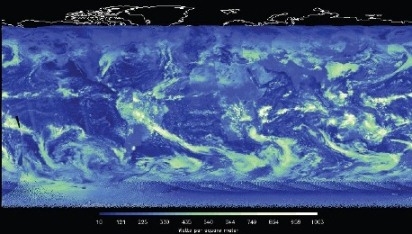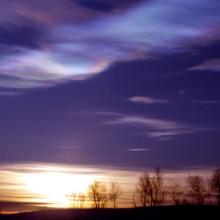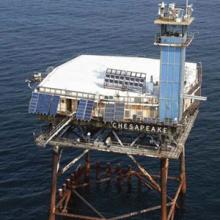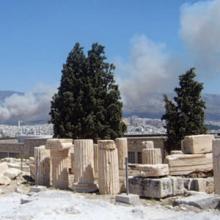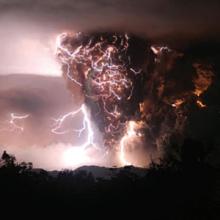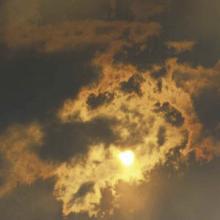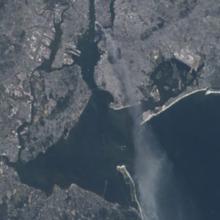NASA's Atmospheric Science Data Center (ASDC) is in the Science Directorate located at NASA'S Langley Research Center in Hampton, Virginia. The Science Directorate's Climate Science Branch, Atmospheric Composition Branch, and Chemistry and Dynamics Branch work with ASDC to study changes in the Earth and its atmosphere. Data products translate those findings into meaningful knowledge that inspires action by scientists, educators, decision-makers, and the public. ASDC supports over 50 projects and provides access to more than 1,000 archived data sets. These data sets were created from satellite measurements, field experiments, and modeled data products. ASDC projects focus on the Earth science disciplines: Radiation Budget, Clouds, Aerosols, and Tropospheric Composition.
Contact Information
John Kusterer, DAAC Manager
Christopher Harris, Operations Lead
Jeff Walter, Science Data Services Lead
Matthew Tisdale, Data Scientist
Langley Research Center
2 South Wright Street, Building 1268C
Mail Stop 157D
Hampton, VA 23681-2199
Website: https://asdc.larc.nasa.gov/
